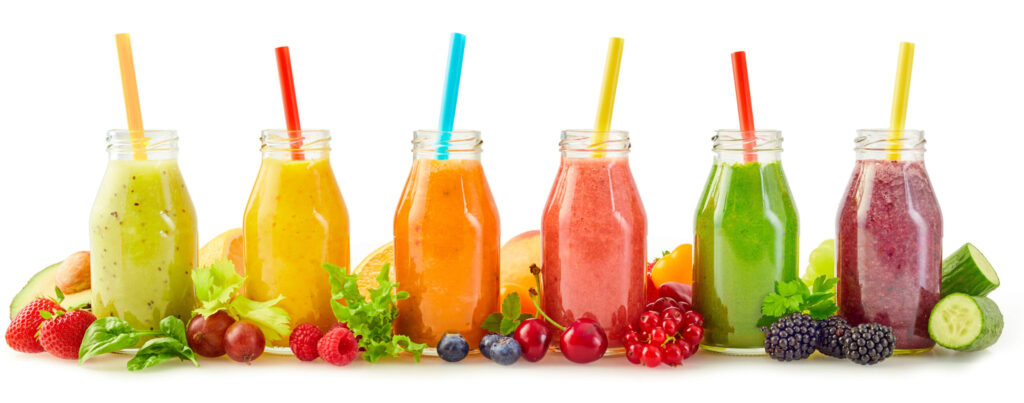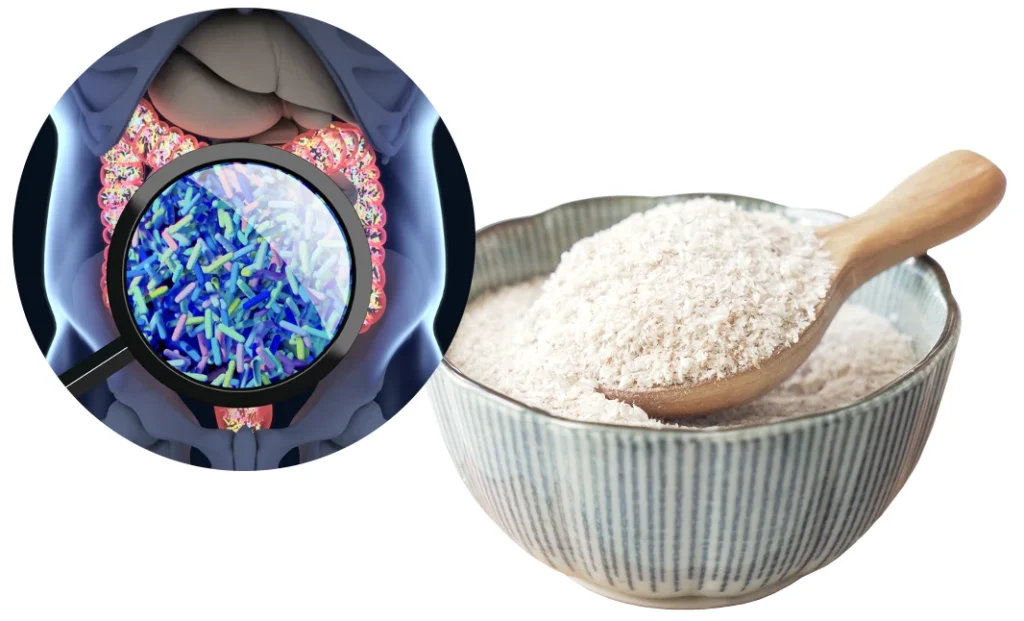An Overview of the wide variety of Gum Arabic applications:
These collaborations will explore new applications in film forming, gut health and coatings for materials and medical and in time offer these innovations to our partners.
7 Manor Courtyard,
Hughenden Avenue,
High Wycombe,
Buckinghamshire,
HP13 5RE,
United Kingdom
© 2023 Agrigum International Limited. All Rights Reserved.
Sign up to our newsletter
Designed by ODYSSEY • Bespoke Design Studio • 2023
Gum Arabic is recognised as the best natural option for stabilising beverage emulsions and encapsulating sensitive aromatic molecules (e.g. flavours and flavouring agents), while at the same time it can serve as a booster of their nutritional profile.
Gum Arabic is widely used to prepare and stabilise essential oil emulsions (e.g., orange, lemon, lime, cherry and cola), which are supplied to the soft drinks industry.
Gum Arabic is universally recognised as an excellent encapsulating material for flavours because of its emulsification properties, low viscosity, bland flavour and for its protective action against flavour oxidation during processing and storage.
Gum Arabic is a convenient way to add a soluble fibre source for the development of fibre-enriched nutritional drinks.


Gum Arabic has been used in the confectionery industry for hundreds of years and still holds a unique position thanks to its physical properties and unobtrusive taste and odour.

Gum Arabic is used in the baking industry for its comparatively high water absorption & viscoelastic properties and also its high soluble fibre content. In addition to its favourable adhesive properties for use in glazes and toppings, it imparts smoothness when used as an emulsion stabiliser.
Gluten-free bread requires polymeric substances that mimic the viscoelastic properties of gluten in bread dough.
Research studies have successfully formulated Gluten-free bread by incorporating Gum Arabic, Methylcellulose (MC)/Guar Gum and egg albumen into non-wheat flours [1].
Research shows incorporating CMC and Gum Arabic into the frozen bread dough inhibited and reduced the damage caused by the ice crystallisation, thus improving the quality of the produced bread [2].


Gum Arabic can be incorporated into feed products and Pet-foods, such as Cat and Dog foods, as a binder, adhesive, glazing agent, emulsifier and as a fibre source.

Gum Arabic is used increasingly in dairy applications. Our products are highly compatible with dairy proteins and work across a wide range of processing conditions and applications, including ice cream, margarines and spreads, yoghurts and dairy-based desserts and drinks.

Gum Arabic is being extensively used in the pharmaceutical industry due to its functionality in both solid and liquid formulations.

Gum Arabic is currently used as an emulsifier and texture enhancer in plant-based milks and yoghurts, as a replacement binder and cryoprotectant in alternative meats, in gluten-free products, and as a syneresis inhibitor (weeping and separation of liquid ingredients) in confectioneries and granola bars.
Gum Arabic can be used as a healthy filler, a coating agent and a replacement for some of the harder to digest and chemically modified gums currently used in this sector.


Gum Arabic is well known for its important role on gut health & digestive wellness. It has been traditionally used as a therapeutic treatment for gastrointestinal conditions, particularly in Africa and the Middle East.
Its potential as a functional food ingredient is tremendous and the research on the exact mechanisms involved is booming!

Rawi, M.H. et al. (2021). Manipulation of gut microbiota using acacia gum polysaccharide. ACS Omega. 6(28):17782-17797
Ali, B.H. et al. (2009). Biological effects of gum Arabic: a review of some recent research. Food Chem Toxicol. 47(1):1-8
Gum Arabic is widely used in the cosmetics industry in a range of formulations of popular consumer products (e.g. mascaras, eyeliners, make-up sets, etc.), taking advantage of its diverse functionalities.


Gum Arabic is a key ingredient that can be found in a plethora of industrial (non-food) applications, delivering benefits and desired functionality to many sectors.

Used for its protective colloid properties, emulsifier and suspending agent.

Used as sensitiser for lithographic plate. Used in fountain solution to moisten plates.

Sign up for updates on new products, interesting topics about the Gum Arabis industry and more!